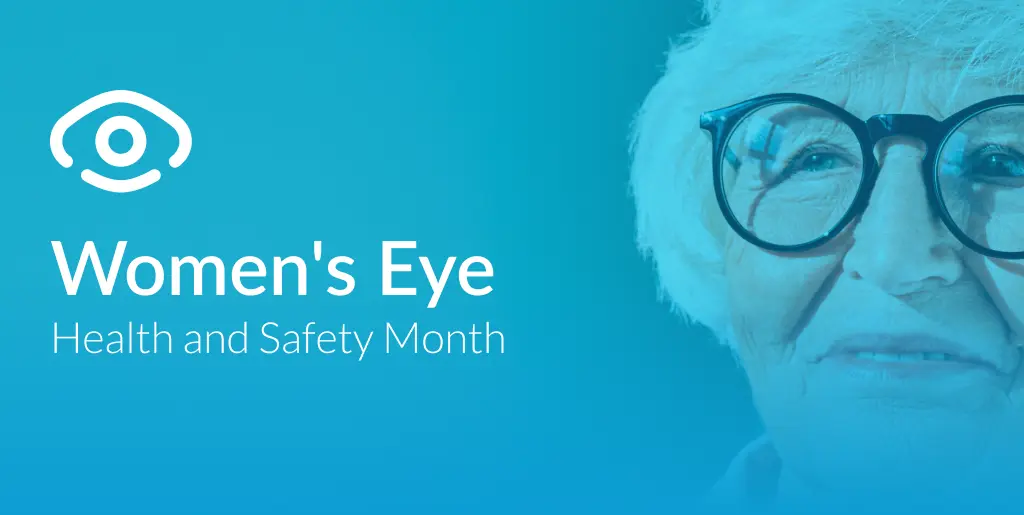
#LIVE2.0 #Review
Traditionally, women are the primary caregivers in most societies of the world. They play a vital role in providing healthcare and nourishment to their families, which is why their personal health holds a great deal of importance.
Not only does it affect them, rather the impact of their health resonates within the whole family.
No wonder if your mother fell sick, you’d have an instant crisis situation around the house!
Now here’s an alarming fact:
A report by the Women’s Eye Health Task Force shows that nearly two-thirds of all visually impaired and blind people in the world are women.
Moreover, women account for about 64 % of the total number of blind people globally.
In their busy routines, women often turn a blind eye (both figuratively and literally sometimes) to their vision health, and it tends to fall at the very bottom of their priority list.
Hence, in an effort to raise awareness on the subject, the month of April is recognized as women’s eye health and safety month.
We don’t know exactly why more women suffer from eye diseases than men, however, experts believe that certain biological changes that take place in the female body during her lifespan may be crucial determiners of how women’s eye health is affected later in their lives.
Women’s eye health is different from men’s in several aspects.
First off, research shows that women have a longer lifespan than men in almost every country across the globe (and while we think this is great news for women!). The downside is that it often makes women more susceptible to developing common vision problems, specifically age-related conditions such as AMD (Age-related Macular Degeneration).
Secondly, women live through many complex hormonal changes throughout their lives, which affect their eye health and overall well-being.
A woman goes through some major transitions in her lifetime, such as pregnancy, prepartum, postpartum, and menopause; each of these events sets in motion certain changes in the body that influence women’s eye health in the long term.
As such, women are more likely to develop eye conditions that lead to visual impairment. To protect and prevent these eye diseases, it is best to be well aware of the risk factors, and what vision changes to expect.
As women approach menopause, usually around 45-55 years of age, their bodies go through hormonal changes that often result in unpleasant symptoms. Around this time, your eyesight may be slightly altered, and you are likely to get dry eyes.
Dry eye syndrome is a condition in which the fluid in your eyes (tears) is not enough to lubricate the eye properly, thus causing it to become dry.
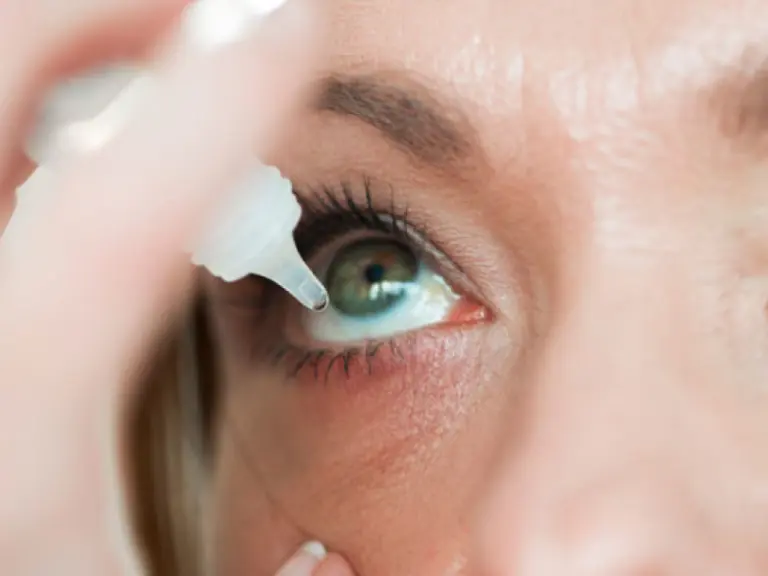
This condition is characterized by dry, itchy, and burning eyes and can be extremely uncomfortable. It may lead to vision problems such as light sensitivity, trouble seeing in dim lighting and blurry vision.
For the treatment of dry eye syndrome, most ophthalmologists recommend using tear-stimulating eye drops called cholinergics that increase the production of tears and help keep your eyes well lubricated at all times.
Glaucoma is a group of eye diseases that are caused by damage to the optic nerve. Studies show that women are at a higher risk of developing closed-angle glaucoma than men, especially if they are farsighted and over the age of 40.
Here’s what happens if you have closed-angle glaucoma.
In a pair of healthy eyes, different fluids keep circulating through the eye and maintain an optimum ocular pressure, but in closed-angle glaucoma, the drainage canal behind the eye gets blocked, which is why the fluids lead to abnormally increased pressure in the eye.
Glaucoma can be more dangerous than other eye conditions because it usually does not show any early symptoms and may go unnoticed until it has caused significant damage to the internal eye structures.
This is why Glaucoma is also known as the ‘silent thief of sight’ and is one of the leading causes of blindness.
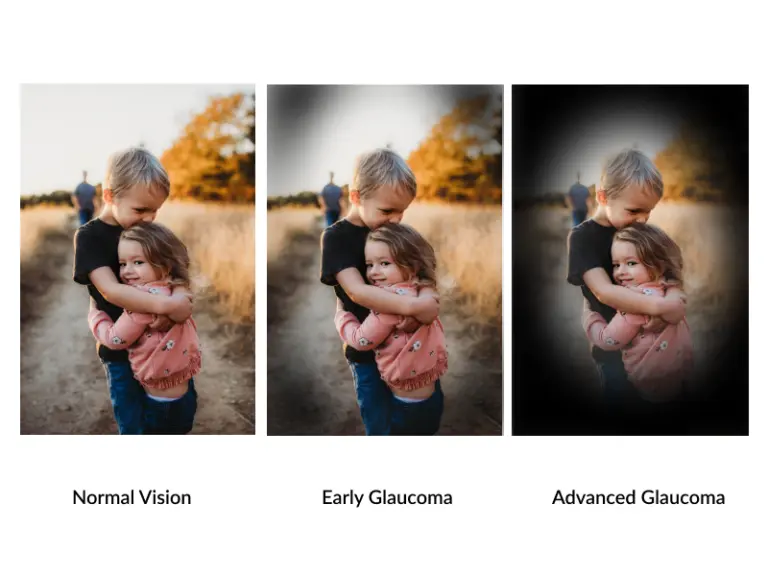
If you are over 40, you may want to get routine eye exams to protect your eyes against glaucoma. Watch for symptoms such as eye strain, headaches, seeing halos around lights, and blurry vision. If your condition has advanced, you may also notice blind spots in your vision.
While there isn’t a permanent cure for glaucoma, timely diagnosis and treatment can help stop vision loss in its tracks. Depending on your eye condition, ophthalmologists recommend using prescription eye drops, oral medications, laser treatment, or a combination of any of these to treat glaucoma.
As it’s evident by the name, AMD is an age-related disease that is caused as a result of the natural aging process of the eyes. It primarily affects a person’s central vision.
A study shows that women make up 2/3 of the people with age-related macular degeneration (AMD), whereas the remaining 1/3 are men.
The reason women’s eye health bears the greater burden of this disease is that they have a greater life expectancy than men and are thus more likely to develop macular degeneration over the years.
Since macular degeneration is a progressive eye disease, if it is not diagnosed and treated in due time, it can cause central vision loss, leading to blindness.
Although there isn’t a permanent cure for macular degeneration, repeated treatment with eye injections (also called anti-VEGF medicines), photodynamic therapy, and the use of electronic low vision aids can halt further vision loss, as well as significantly improve the use of your remaining vision.
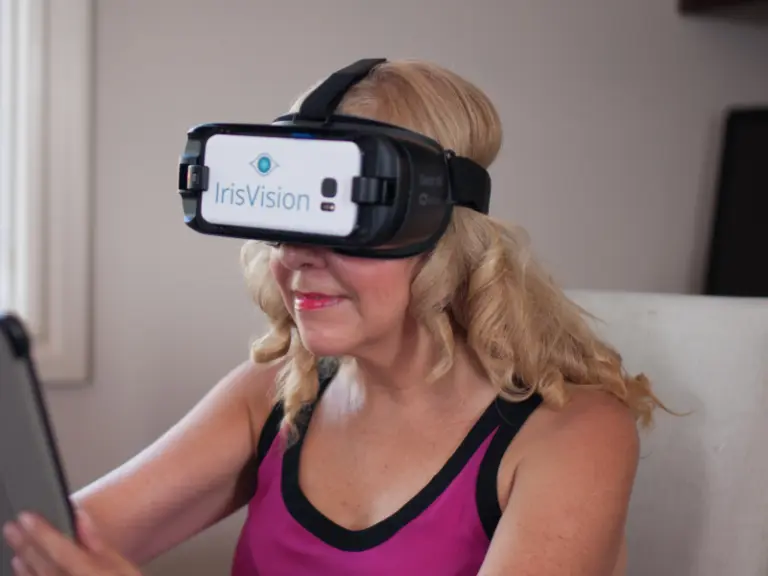
Refractive errors are the most common type of vision problem. Infact, every other person who has a pair of glasses on has either type of vision error; nearsightedness, farsightedness, astigmatism, presbyopia.
A study by the National Institute of Health found that the prevalence of refractive errors in women was higher than men in quite a few numbers.
Although both men and women are likely to experience slight problems with their eyesight as they grow older, the age range of 35 to 44 is the most probable time when you might feel the need for prescription glasses to see better.
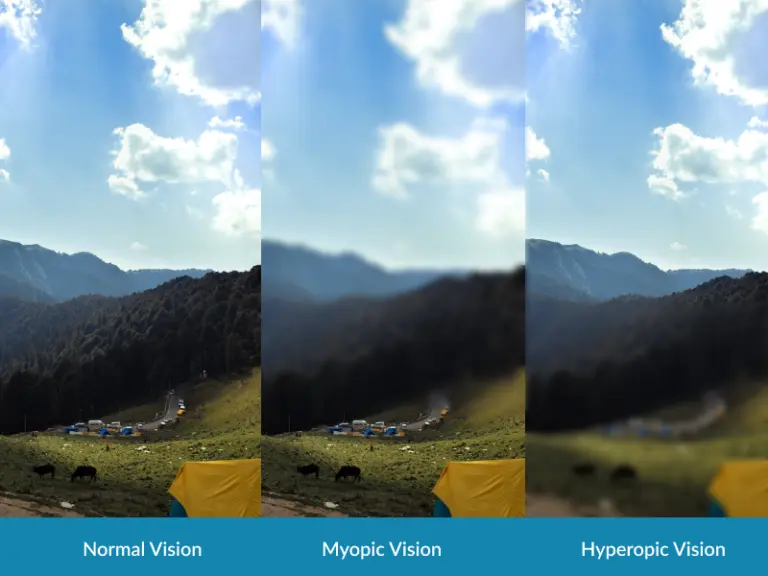
Research has attributed poor eyesight in women to the production of reproductive hormones (estrogen and progesterone) in the female body.
The treatment for refractive problems includes using prescription glasses, contact lenses, or eyeglasses.
Cataracts are dense clouds that cover the lens of your eye, which is otherwise clear in a healthy pair of eyes. It is an age-related condition that progresses gradually over the years and leads to increased photosensitivity and blurred vision.
Similar to dry eye syndrome, most women are likely to get cataracts around the post-menopausal period.
Why?
You guessed it right, the development of cataracts also has to do with the hormonal imbalance created in the female body after menopause. It is believed to be caused by a decrease in estrogen levels (female reproductive hormone) after menopause.
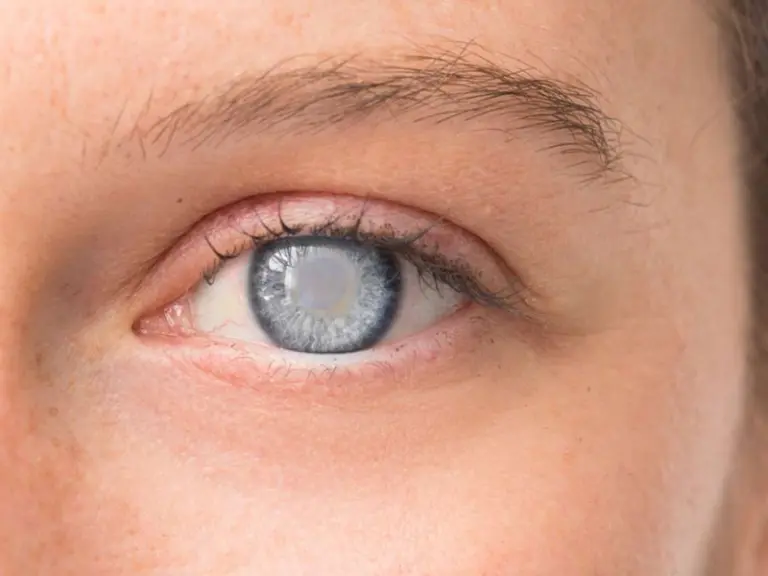
For treatment of cataracts, cataract surgery is one of the safest and most preferred choices of eye care experts that usually takes a few months to revive your vision. And then you’re good to go, with sharp and clear vision like before!
Other non-invasive treatments for cataracts include low vision aids, such as IrisVision electronic glasses, that help you bridge the gap caused by lost vision and make the best of your leftover vision.
Not only are women at greater risk for getting eye diseases (as we’ve listed above), but they also have a greater likelihood of developing health conditions that can have an indirect impact on eye health.
Here’s what you need to know about it:
If preventive measures are taken at the right time, they can help you ward off several eye diseases and vision problems.
According to the World Health Organization, at least 1 billion people have near- or distance vision impairment that could have been prevented or has yet to be treated.
Having stated that fact, here are some of the ways you can strengthen your immunity and protect yourself against eye health hazards:
Support
See and Connect Today!
IrisVision Global, Inc.
5994 W. Las Positas Blvd, Suite 101
Pleasanton, CA 94588
Email: [email protected]
Support: +1 855 207 6665
Support
See and Connect Today!
IrisVision Global, Inc.
5994 W. Las Positas Blvd, Suite 101
Pleasanton, CA 94588
USA Email: [email protected]
Support: +1 855 207 6665
Support
See and Connect Today!
IrisVision Global, Inc.
5994 W. Las Positas Blvd, Suite 101
Pleasanton, CA 94588
Email: [email protected]
Support: +1 855 207 6665